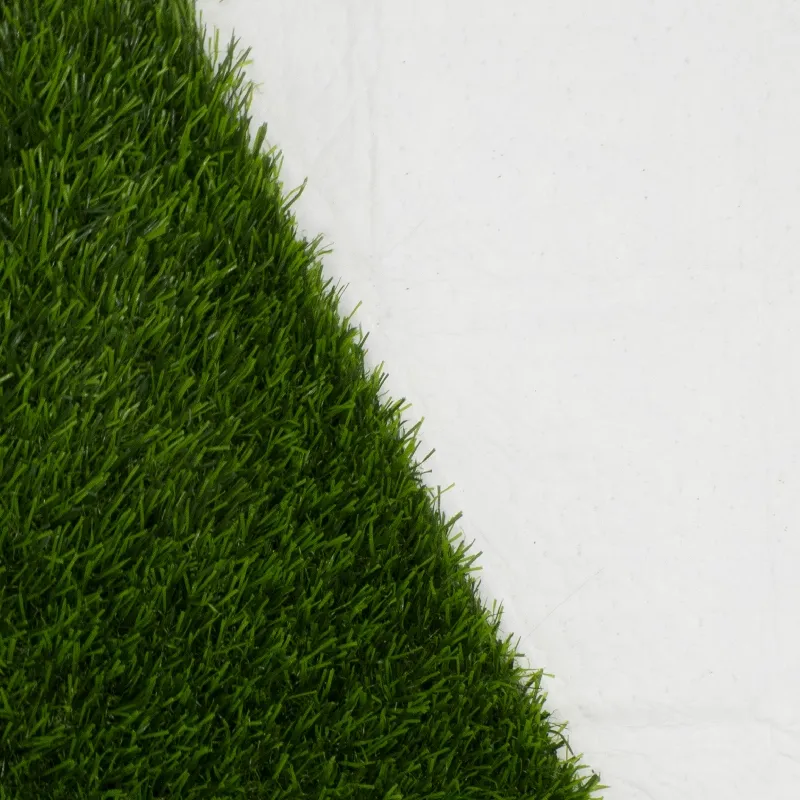Welcome to Hoyarn
Call Us Any Time:+86 19801805999
Email Us: info@hoyarn.cn

- Afrikaans
- Arabic
- Belarusian
- Bengali
- Czech
- Danish
- Dutch
- English
- Esperanto
- Estonian
- Finnish
- French
- German
- Greek
- Hindi
- Hungarian
- Icelandic
- Indonesian
- irish
- Italian
- Japanese
- kazakh
- Rwandese
- Korean
- Kyrgyz
- Lao
- Latin
- Latvian
- Malay
- Mongolian
- Myanmar
- Norwegian
- Persian
- Polish
- Portuguese
- Romanian
- Russian
- Serbian
- Spanish
- Swedish
- Tagalog
- Tajik
- Thai
- Turkish
- Turkmen
- Ukrainian
- Urdu
- Uighur
- Uzbek
- Vietnamese
Artificial Turf For Green Playgrounds, Boundless Energy
Jan . 10, 2025 09:27 Back to list
Artificial Turf For Green Playgrounds, Boundless Energy
Artificial grass fields have surged in popularity across numerous sporting and residential applications due to their durability, low maintenance, and year-round usability. As an increasingly sophisticated choice in landscaping and sports field management, understanding the multifaceted advantages and considerations surrounding artificial grass fields can greatly enhance decision-making for potential adopters.
The authority of artificial grass technology continues to expand with ongoing research and development. Innovations such as biodegradable materials, enhanced fiber resilience, and non-toxic infill options are increasingly addressing environmental and health concerns. Industry leaders are committed to advancing these technologies, ensuring that synthetic turf aligns with global sustainability standards and offers safe playing environments. Guidance from organizations like the Synthetic Turf Council further solidifies best practices and standards in the installation and maintenance of artificial turf systems, reinforcing trust in these products. For residential applications, artificial grass offers a transformative solution for homeowners seeking a picturesque lawn without the constant upkeep. Families with pets especially benefit from synthetic lawns, which are resistant to digging and staining, and can be easily cleaned for hygiene. Backyard enthusiasts find in artificial grass an aesthetically pleasing surface perfect for outdoor entertainment areas, play zones, and landscaping projects that remain beautiful and vibrant regardless of season. When considering an artificial grass field, one must also assess the product's history in terms of warranty and customer satisfaction. Reputable suppliers not only provide long-term guarantees but also offer comprehensive assistance from installation to aftercare, underscoring their commitment to quality and customer trust. The seamless blend of innovative technology, environmental respect, and user-centered service establishes artificial grass fields as a reliable solution for modern living and sports management needs. In conclusion, the adoption of artificial grass fields provides substantial benefits across various domains, from sports to residential settings, balancing innovation with practicality. As technology advances, the artificial grass industry will continue to refine its products, enhancing durability, safety, sustainability, and aesthetic appeal, meeting the evolving needs of consumers and the environment alike.


The authority of artificial grass technology continues to expand with ongoing research and development. Innovations such as biodegradable materials, enhanced fiber resilience, and non-toxic infill options are increasingly addressing environmental and health concerns. Industry leaders are committed to advancing these technologies, ensuring that synthetic turf aligns with global sustainability standards and offers safe playing environments. Guidance from organizations like the Synthetic Turf Council further solidifies best practices and standards in the installation and maintenance of artificial turf systems, reinforcing trust in these products. For residential applications, artificial grass offers a transformative solution for homeowners seeking a picturesque lawn without the constant upkeep. Families with pets especially benefit from synthetic lawns, which are resistant to digging and staining, and can be easily cleaned for hygiene. Backyard enthusiasts find in artificial grass an aesthetically pleasing surface perfect for outdoor entertainment areas, play zones, and landscaping projects that remain beautiful and vibrant regardless of season. When considering an artificial grass field, one must also assess the product's history in terms of warranty and customer satisfaction. Reputable suppliers not only provide long-term guarantees but also offer comprehensive assistance from installation to aftercare, underscoring their commitment to quality and customer trust. The seamless blend of innovative technology, environmental respect, and user-centered service establishes artificial grass fields as a reliable solution for modern living and sports management needs. In conclusion, the adoption of artificial grass fields provides substantial benefits across various domains, from sports to residential settings, balancing innovation with practicality. As technology advances, the artificial grass industry will continue to refine its products, enhancing durability, safety, sustainability, and aesthetic appeal, meeting the evolving needs of consumers and the environment alike.
Latest news
-
The Benefits of Artificial Turf for Indoors
NewsJul.15,2025
-
How Artificial Grass Suppliers Ensure Quality Products
NewsJul.15,2025
-
Artificial Grass and Pets: A Space for Relaxation
NewsJul.08,2025
-
Balcony & Outdoor Decoration with Artificial Grass
NewsJul.08,2025
-
Best Indoor Artificial Grass for Home
NewsJul.07,2025
-
Best Pet Turf for Dogs: Safe & Durable Artificial Grass Options
NewsJul.07,2025
Products categories









